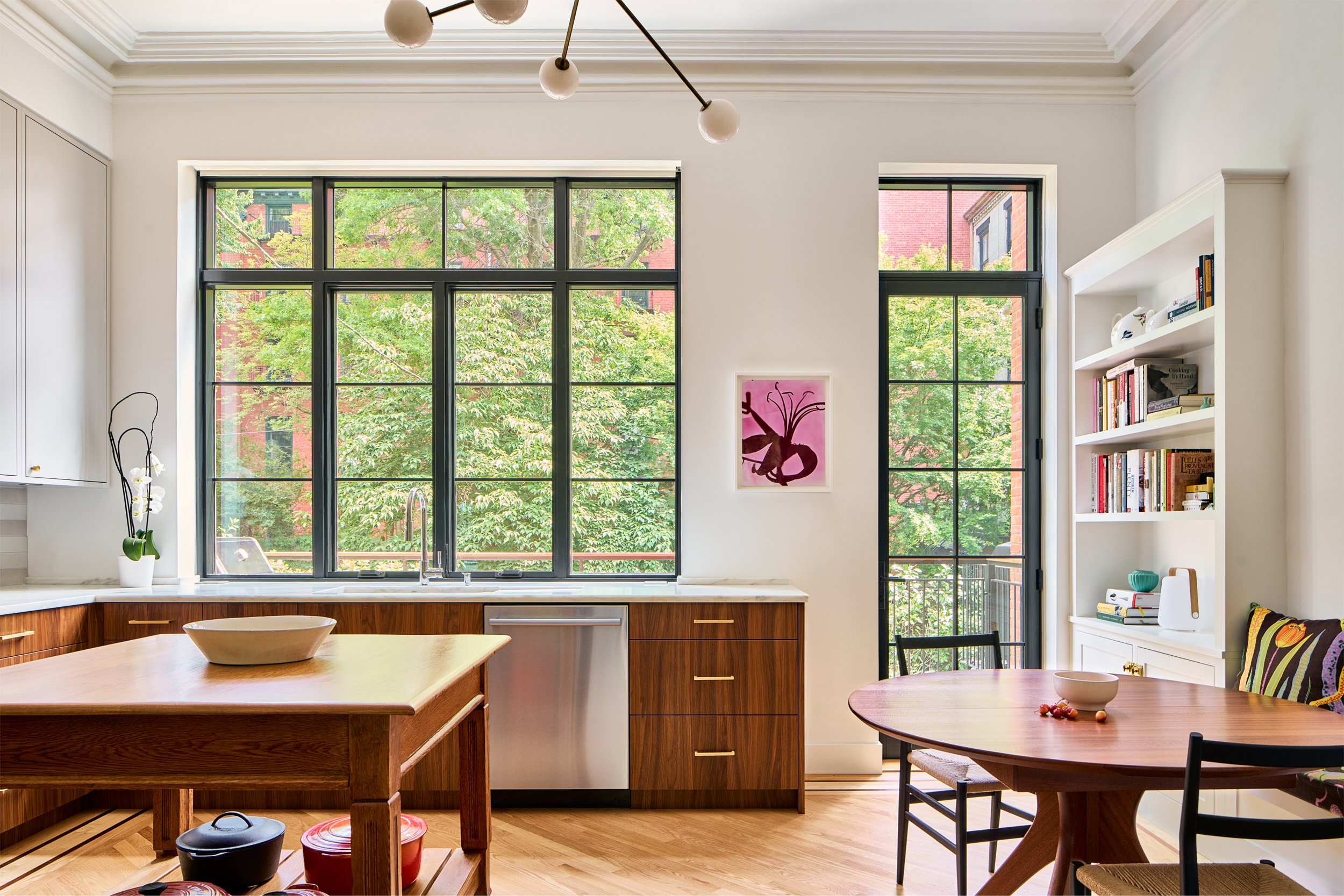Getting Squiggly In The 1860s
Does anyone know the significance of these decorative elements that are all over the facade of the Williamsburg Art & Historical Society Building? This 1867 building is of French Second Empire Design, but for some reason these squiggly designs look far too informal to us. What’s the story? Inside the Williamsburg Art Building [Brownstoner]
Does anyone know the significance of these decorative elements that are all over the facade of the Williamsburg Art & Historical Society Building? This 1867 building is of French Second Empire Design, but for some reason these squiggly designs look far too informal to us. What’s the story?
Inside the Williamsburg Art Building [Brownstoner]





keith haring anyone?
Its a common motif on fancy buildings from this period and is often used for quoins (the blocks along masonry buildings’ corners.) My favorite example is on Philadelphia’s City Hall, where the, uh, vermicules are so large-scale that the motif seems even more abstract than usual. I’m not sure of the origin of these, but assume that it is a stylized form of rustication (where the stone is dressed to look rough-hewn.)
This was designed by Keith Haring’s grandfather
From Dictionary.com:
ver·mic·u·la·tion n.
1. Motion resembling that of a worm, especially the wavelike contractions of the intestine; peristalsis.
2. Wormlike marks or carvings, as in a mosaic or masonry.
3. The condition of being worm-eaten.
Thanks, Halden. That’s a word to remember!
Its called vermiculation, and it was original to the building (former King’s County Savings Bank). If you are driving or walking over the bridge, you can now see the bank’s initials in the slate roof (it had been blocked by a billboard).
As recently as 10 years ago, the building also had all of its original ground floor interior fixtures, but much of it has been removed.
Maybe this decoration was added later?